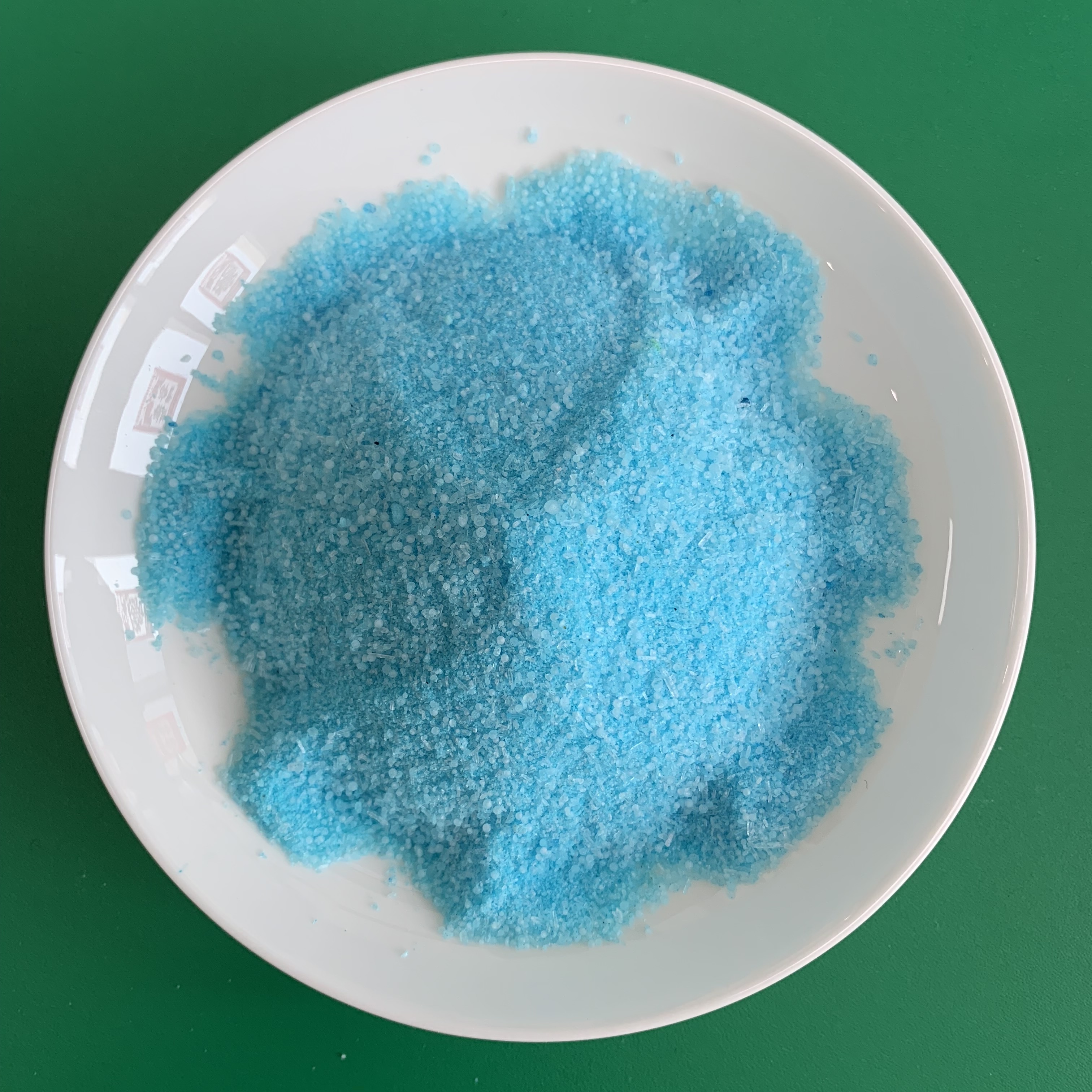



Sodium Hydroxide Flakes Uses and Benefits in Industrial and Home Applications
Understanding Sodium Hydroxide Flakes Properties, Uses, and Safety
Sodium hydroxide flakes, also known as caustic soda or lye, are an essential industrial chemical with a wide range of applications. This inorganic compound, represented by the chemical formula NaOH, is characterized by its high alkalinity and ability to dissolve in water, producing a strong alkaline solution. Sodium hydroxide is used extensively in various sectors, including manufacturing, food processing, and pharmaceutical industries.
Properties of Sodium Hydroxide Flakes
Sodium hydroxide flakes are typically white, odorless solids that exhibit a crystalline structure. With a high melting point of around 318 degrees Celsius (604 degrees Fahrenheit), these flakes are highly stable under normal conditions. When dissolved in water, they undergo an exothermic reaction, releasing heat and creating a highly alkaline solution. This property makes sodium hydroxide effective in neutralizing acids and in saponification processes, where it reacts with fats to produce soap.
The pH of a sodium hydroxide solution can reach up to 14, indicating its powerful alkaline nature. This capability to maintain high pH levels makes it invaluable in various chemical reactions and applications. However, its caustic nature means that proper precautions must be taken when handling it.
Applications of Sodium Hydroxide Flakes
1. Manufacturing Sodium hydroxide is a critical component in the production of various chemicals, including chlorine, sodium hypochlorite, and sodium carbonate. It is also involved in the manufacturing of biodiesel and in the paper industry for pulp processing.
2. Food Processing In the food industry, caustic soda is utilized in various processes such as peeling fruits and vegetables, making olives safe for consumption, and in the production of certain types of caramel. It’s crucial, however, that the levels of sodium hydroxide used comply with food safety regulations to ensure no harmful residues remain in the final product.
sodium hydroxide flakes

3. Cleaning Products Due to its ability to dissolve grease and fats, sodium hydroxide is a popular ingredient in many cleaning products. It is often found in drain cleaners and oven degreasers, where it effectively breaks down tough deposits.
4. Water Treatment In wastewater treatment, sodium hydroxide plays a vital role in adjusting the pH levels of water, making it suitable for discharge into the environment or for further treatment.
5. Pharmaceuticals Sodium hydroxide is used in the synthesis of various pharmaceutical products. Its role in pH adjustment and as a reagent in chemical reactions makes it a versatile ingredient in drug formulation.
Safety Considerations
While sodium hydroxide flakes have numerous beneficial applications, it is crucial to handle them with care due to their corrosive properties. Direct contact with skin, eyes, or mucous membranes can cause severe burns and irritation. It is essential to wear appropriate personal protective equipment, including gloves, goggles, and face shields when handling this chemical.
In case of accidental exposure, it is vital to rinse the affected area with copious amounts of water for at least 15 minutes and seek medical attention immediately. Additionally, sodium hydroxide should always be stored in a cool, dry place away from incompatible substances such as acids and organic materials to prevent dangerous reactions.
Conclusion
Sodium hydroxide flakes are a powerful and versatile chemical with a wide range of industrial and commercial applications. From manufacturing to food processing and cleaning products, their role is indispensable. However, the potential hazards associated with their use necessitate strict safety precautions to ensure the safety of users and the environment. Understanding the properties, uses, and safety measures related to sodium hydroxide is essential for anyone involved in its handling or application, ensuring that this valuable chemical can be utilized effectively and safely in various industries.
-
Why Sodium Persulfate Is Everywhere NowNewsJul.07,2025
-
Why Polyacrylamide Is in High DemandNewsJul.07,2025
-
Understanding Paint Chemicals and Their ApplicationsNewsJul.07,2025
-
Smart Use Of Mining ChemicalsNewsJul.07,2025
-
Practical Uses of Potassium MonopersulfateNewsJul.07,2025
-
Agrochemicals In Real FarmingNewsJul.07,2025
-
Sodium Chlorite Hot UsesNewsJul.01,2025










